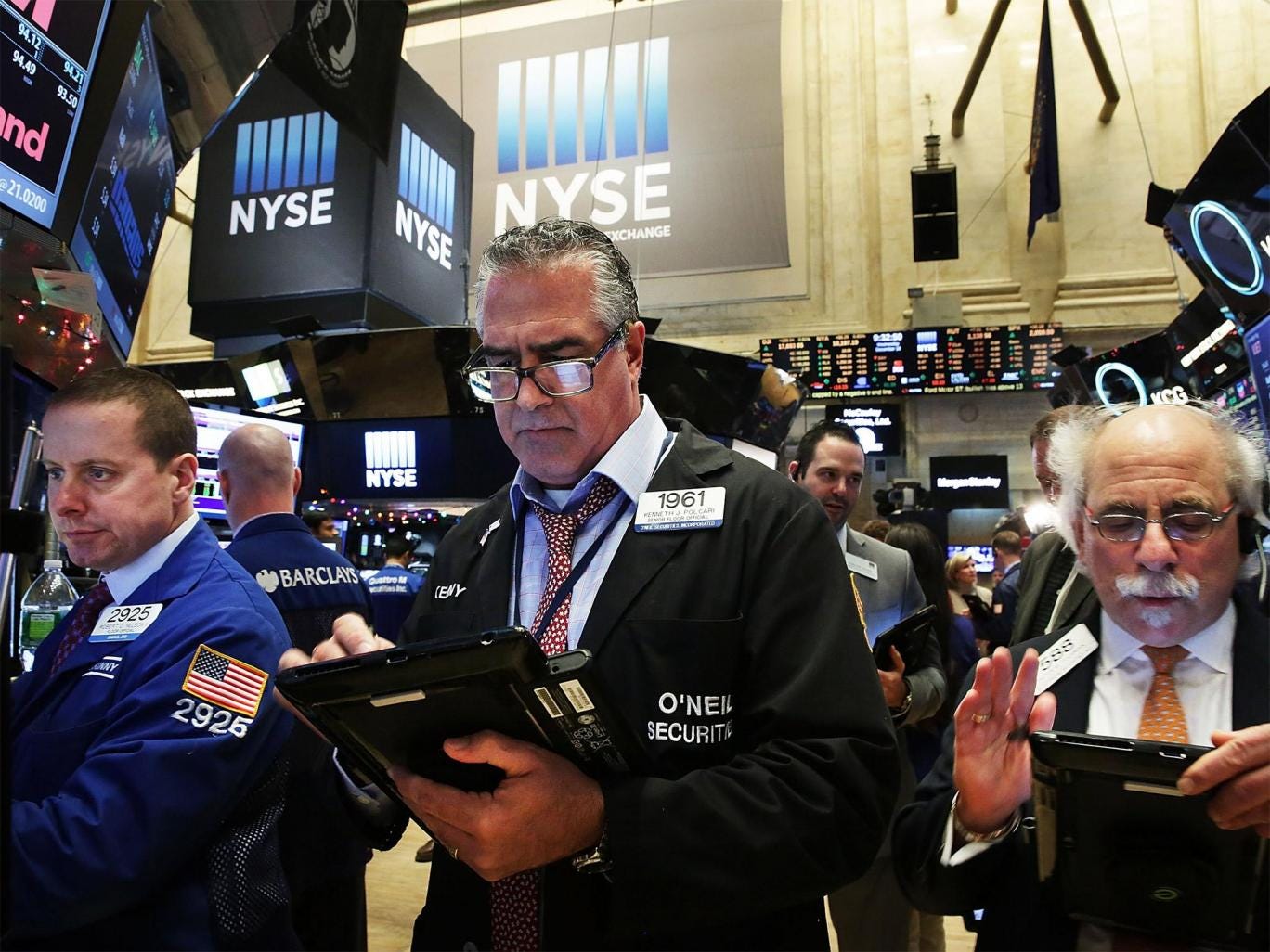The US Navy’s “goals and objectives” outline for 2016, released
last week, does not mince words: the first goal listed in the second
subhead reads: “Buy more ships.”
And that is exactly what the world’s most powerful navy is doing. On
Wednesday, the Defense Department announced it was moving forward with
plans to replace its Ohio-class ballistic missile submarines, the most
lethal killing machines in the history of mankind, with a completely new
design beginning in 2021.
Each Ohio-class ballistic submarine is, by itself, the fifth most
powerful military in the world. The Navy operates 14 of them. Each
submarine carries 24 Trident II missiles, with each missile carrying
eight warheads with a yield six times greater than the “little boy” bomb
that killed over a hundred thousand people in the US bombing of
Nagasaki, Japan, in 1945.
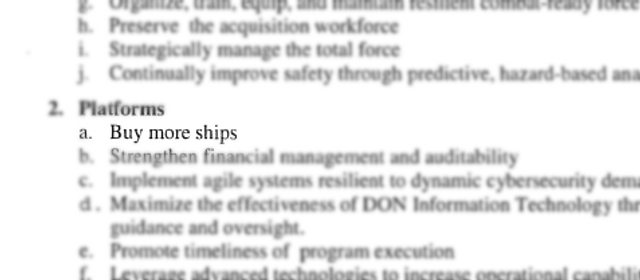
Image: The Navy’s Goals and Objectives outline for 2016
With an effective range of more than 7,456 miles, a single Ohio-class
submarine in the waters outside of San Diego could obliterate 192
cities in western China, with a combined population of 400 million
people, if the commander-in-chief were so inclined.
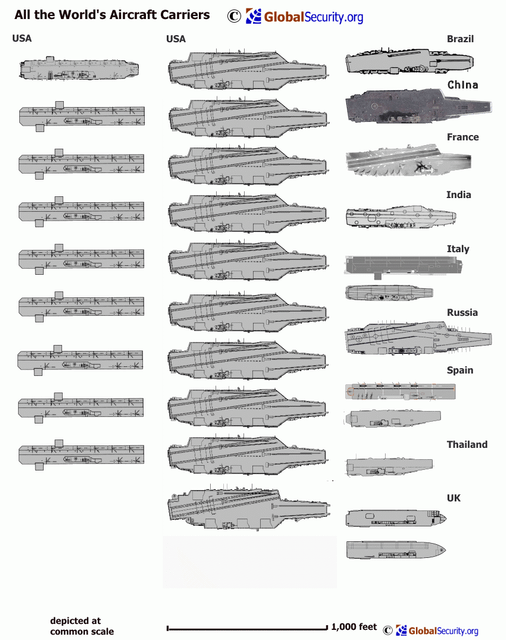 Image: A comparison of the world’s aircraft and helicopter carriers
Image: A comparison of the world’s aircraft and helicopter carriers
But the Ohio class is apparently in need of an upgrade, and the White
House gave the Pentagon the go-ahead last Monday to send a “Request for
Proposal” to the ship’s contractor, General Dynamics Electric Boat,
approving funds for the building of a prototype. Each submarine, of
which there will be 12, will cost an estimated $6-8 billion—not
including research and development costs, the price of each submarine’s
nearly 200 nuclear warheads, and associated operating costs—up from $2
billion for the Ohio class.
The day after the White House gave the go-ahead for replacing the
Ohio-class submarines, the Center on Budget and Policy Priorities (CBPP)
reported Monday that up to a million people will lose food stamp
benefits in 2016.
Twenty-three states are expected this year to lift a moratorium on
one of the harshest austerity measures imposed by the Clinton
administration’s “welfare reform” program, which caps the amount of time
many people are eligible for food stamps at three months. The time
limits were halted during the recession, but under the pretense that
there is “no money,” to pay for food stamps, states all over the country
are re-imposing the time limits.
“The loss of this food assistance, which averages approximately $150
to $170 per person per month for this group, will cause serious hardship
among many,” reported the organization. The CBPP notes, “USDA data show
that the individuals likely to be cut off by the three-month limit have
average monthly income of approximately 17 percent of the poverty line,
and they typically qualify for no other income support.”
In announcing the food stamp cuts, Clinton pledged to “spend the
taxpayers’ money wisely and with discipline, that we can spend more
money on the future.” If he had been telling the truth, he would have
declared that he was proposing the cuts so that the Navy could “Buy more
ships.”
After all, the money has to come from somewhere. And it’s easiest to
take from those who are the least capable of defending themselves. In
addition to the poor people who depend on food stamps to survive,
working class children have been targeted.
The same day that the White House gave the go-ahead for the design of
the new submarines, the CBPP released a report showing that funding for
schools has been slashed in most states since 2008, and in 15 states by
more than 10 percent. Arizona has cut education spending by 23.3
percent, Alabama by 21.4 percent, Idaho by 16.9 percent, and Georgia by
16.5 percent.
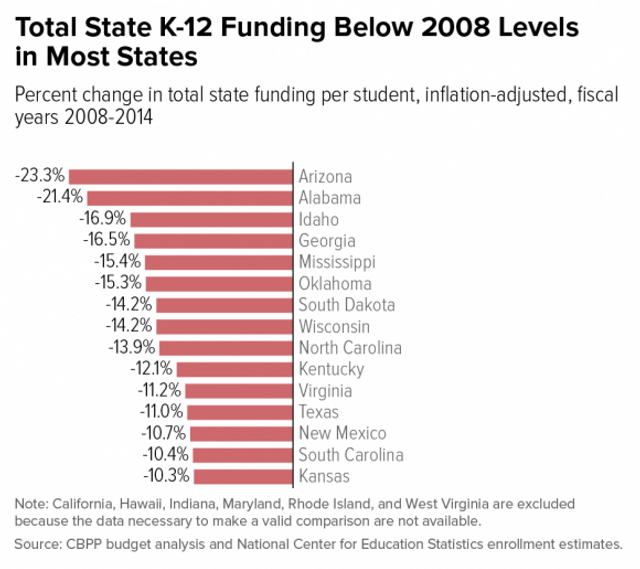 Image: States have slashed education spending since 2008
Image: States have slashed education spending since 2008
While there is, of course, no money for children and the poor,
defense contractors are licking their chops over the expected uptick in
global military spending resulting from the wars flaring out of control
in the Middle East and the growing standoff in Eastern Europe and the
Pacific.
Defense industry analyst Deloitte gleefully declared earlier this
month that military spending is “poised for a rebound” as a result of
“heightened tensions” around the world.
It notes,
“2015 was a pivotal year that saw heightened tensions
between China, its neighbors and the US over ‘island building’ in the
South and East China Seas, and the related claims of sovereign ocean
territory rights by China. In addition, Russia and the Ukraine are at
odds related to Russia’s takeover of Crimea and their military actions
in Eastern Ukraine,”
while “The recent tragic bombings in Paris, Beirut, Mali, the Sinai
Peninsula, and other places have emboldened nations to join in the fight
against terrorism.”
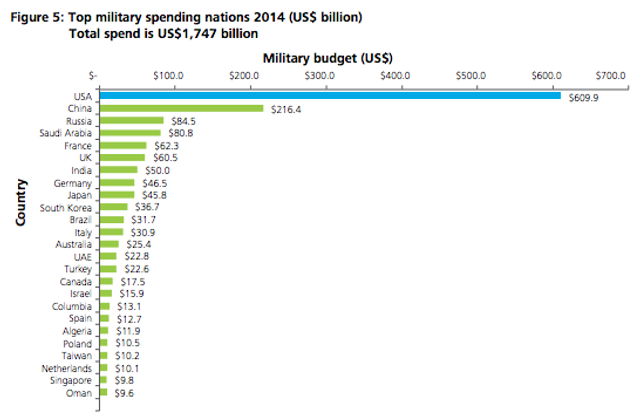 Image: The US spends more on its military than the next seven countries combined
Image: The US spends more on its military than the next seven countries combined
The report notes that “improved profitability” will result from
“renewed interest from buyers” in acquiring “armored ground vehicles,
ground attack munitions, light air support aircraft” and “maritime
patrol ships and aircraft,” as “the military operations tempo is likely
to increase and more missions are executed.”
The global uptick in military spending coincides with a major new
shopping spree by the United States, which spends as much money on its
military as the next seven countries—China, Russia, Saudi Arabia,
France, the UK, India and Germany—combined. The US expends $609.9
billion out of the $1.7 trillion spent worldwide by all countries each
year on war.
But this figure is slated to surge as “Many large, mainly US
[Department of Defense] programs representing billions of US dollars,
are likely to start soon, enter the engineering manufacturing design
phase, and reach low-rate or full-scale production over the next few
years. These programs include Ohio Class Submarine replacement, F-35
fighter jet, KC-46A aerial refueling tanker, and Long Range Strike
Bomber.”
Just one of these programs, the F-35 “Lightning II,” plagued with
delays and cost-overruns, will cost $1.45 trillion over its lifecycle,
more than twice the amount that state, federal, and local governments
spend educating 50 million children each year.






